This week’s work started with answering the questions from the last tutorial.
- Why did you address the cutting of the image?
- What was your interest in, especially with the fake orange and the real knife?
This week, my answer is:
- I am interested in a certain quality of the image itself. The intersection of the orange & the knife/image & the object are all just means to help me explore that quality. So the point is not what the content is, but How.
- There are many different kinds of image qualities. Through these experiments, I hope to gain a clearer understanding of which specific one I currently wish to explore.
- I am an image researcher; images are my language. My research uses images rather than descriptions to advance.
So this week I tried a lot of different directions.
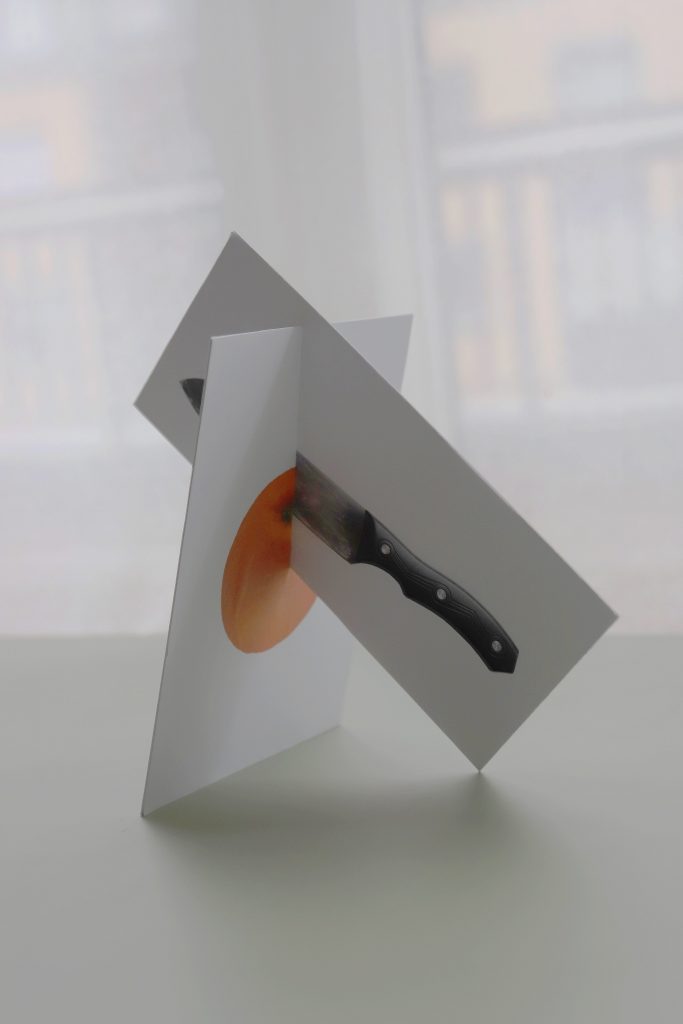
“Image” knife cuts “image” orange
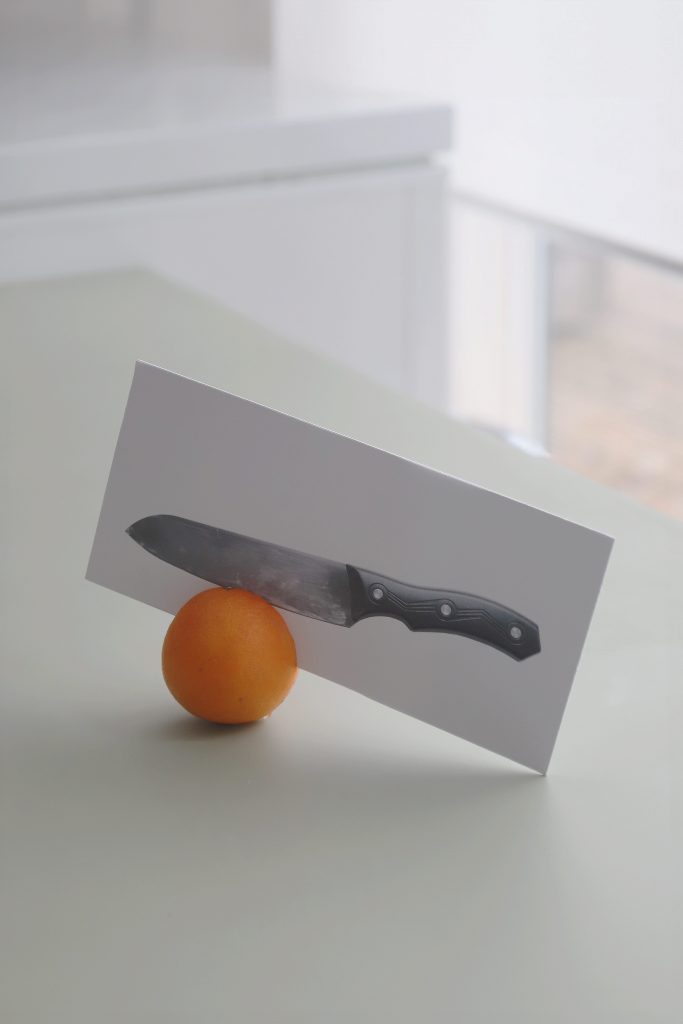
“Object” knife cuts “image” orange
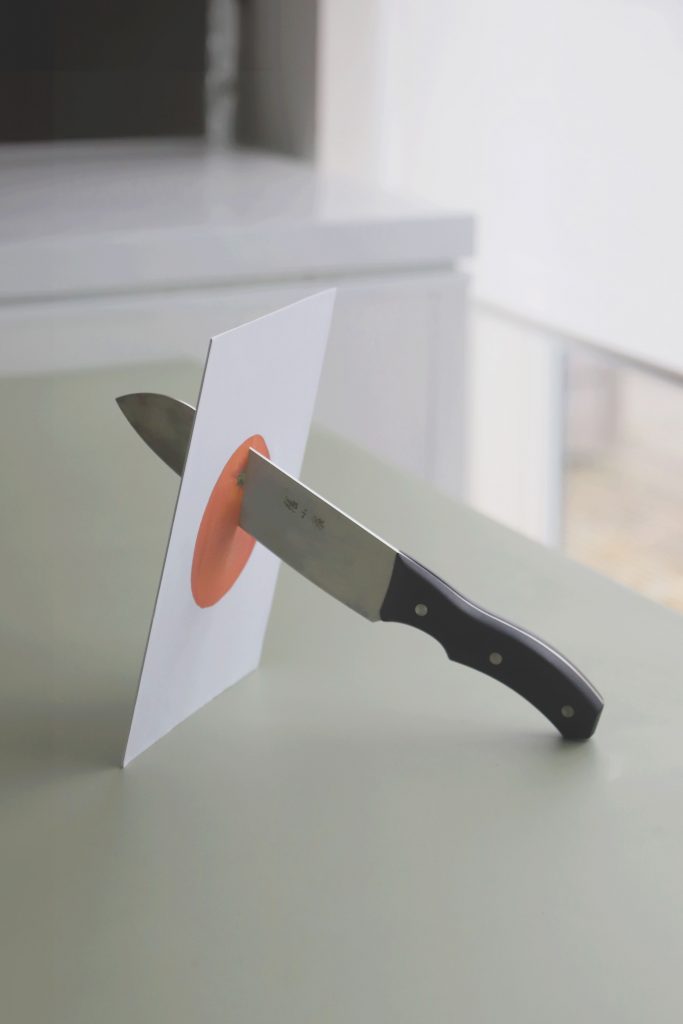
“Image” knife cuts “object” orange
How to put an orange on a table
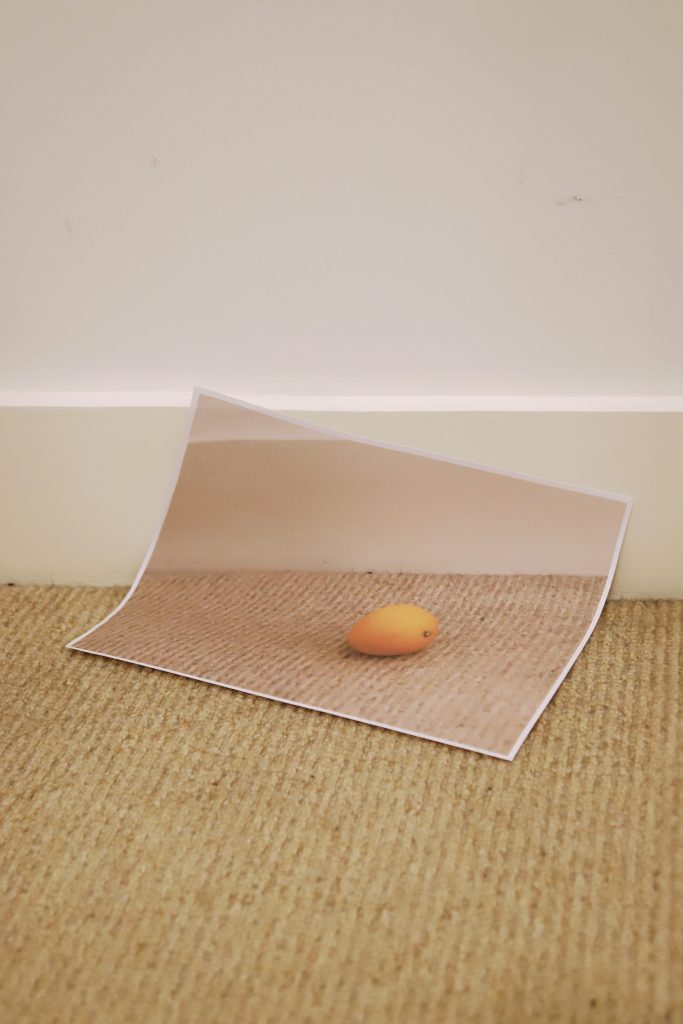
The object in the image
Between the screens
After all of this, an idea came into my head that made me decide ‘this is it’. I found a Zen quote:
If you call this a short staff, you oppose its reality. If you do not call it a short staff, you ignore the fact. Now what do you wish to call this? (The Gateless Gate, 43. Shuzan’s Short Staff)
I suddenly realized that what I cared about was not the orange, nor the knife. The knife I am pursuing is a state, a feeling. What exactly is a knife? What defines a knife as a “knife”?
So I want to create a publication named A Knife. The book doesn’t contain any images of knives, but everything in the book is cut. A knifeless knife—something that the image itself reveals.
I rewrote the sentence to describe the book:
If you call this a knife, you oppose its reality. If you do not call it a knife, you ignore the fact. Now what do you wish to call this?
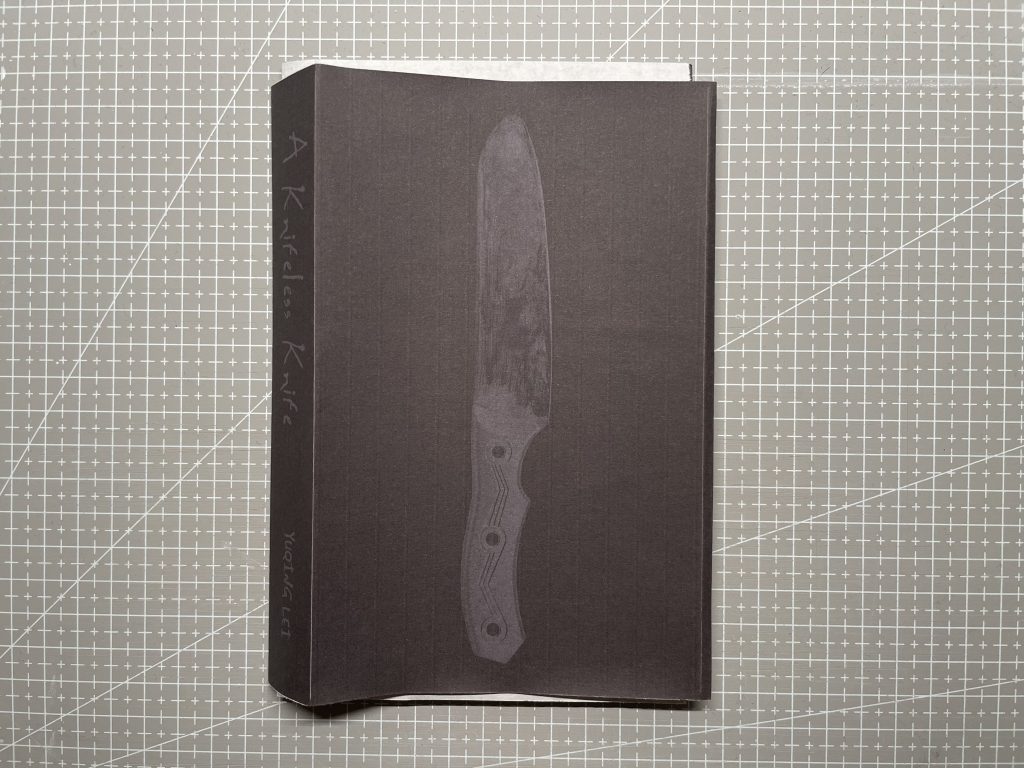
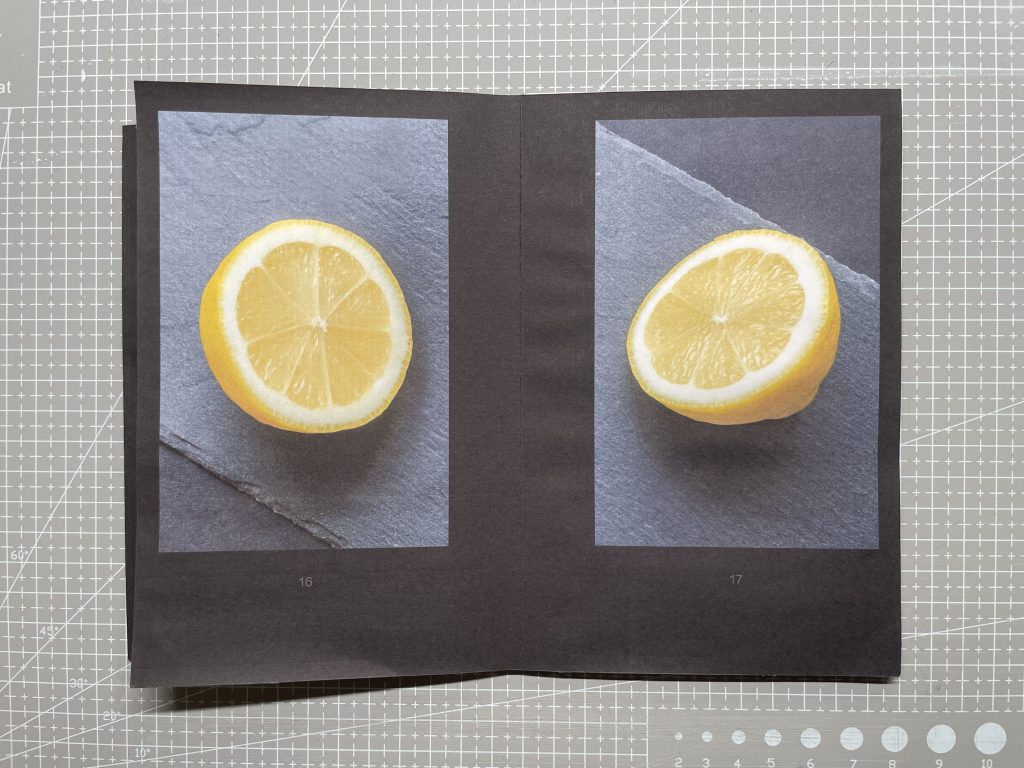
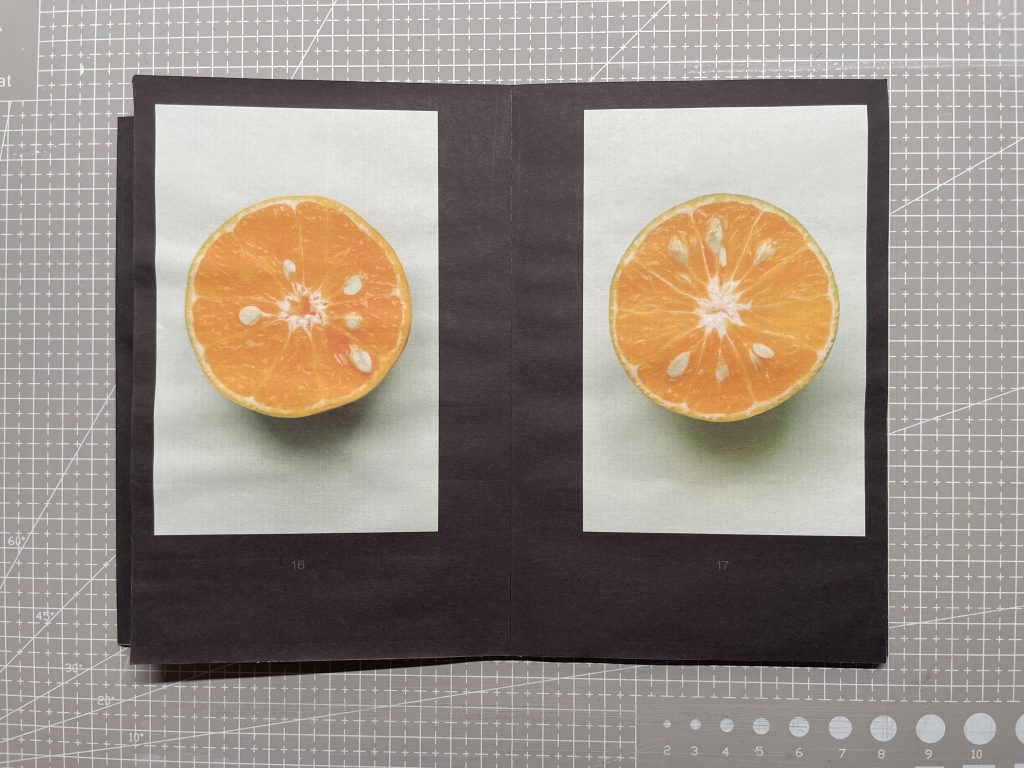
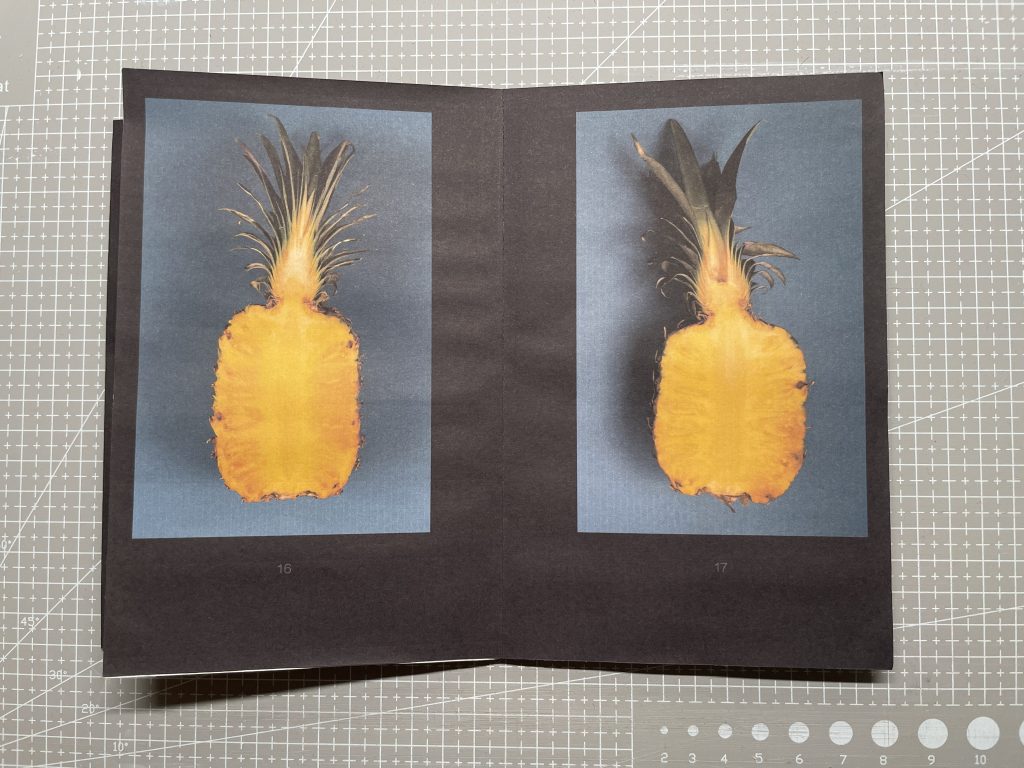
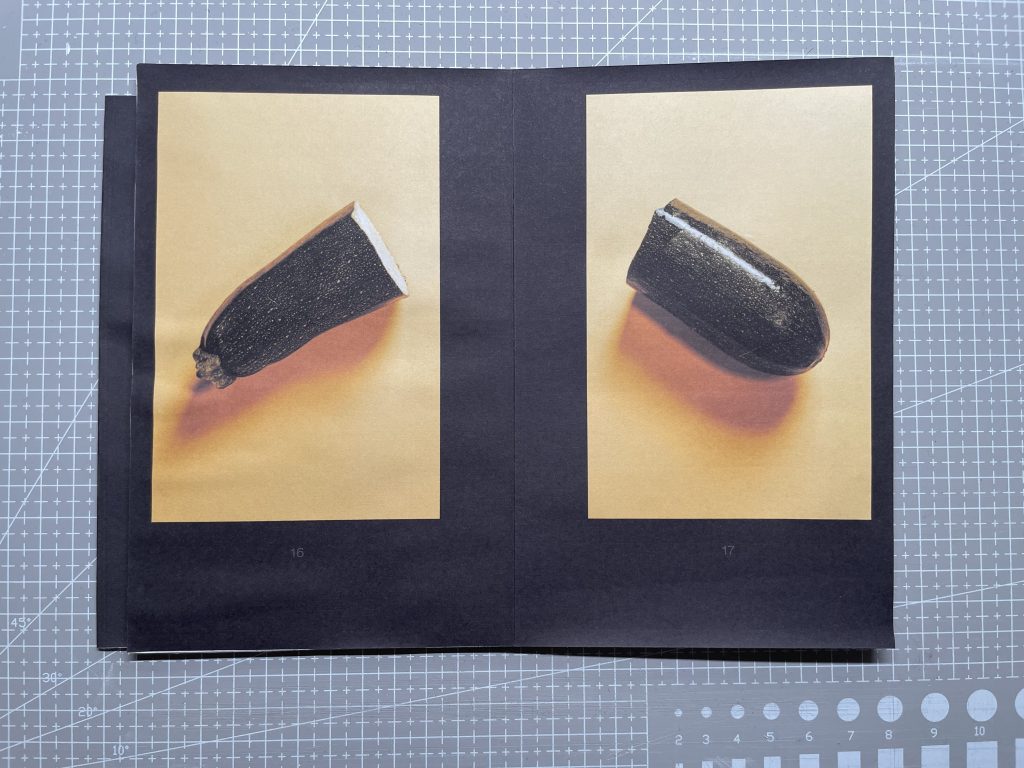
However, since no one in my group could perceive the knife from the current approach (even though all the peers I consulted outside the group could), I decided to switch to a different visual representation (though I love it).
Two references of the week:

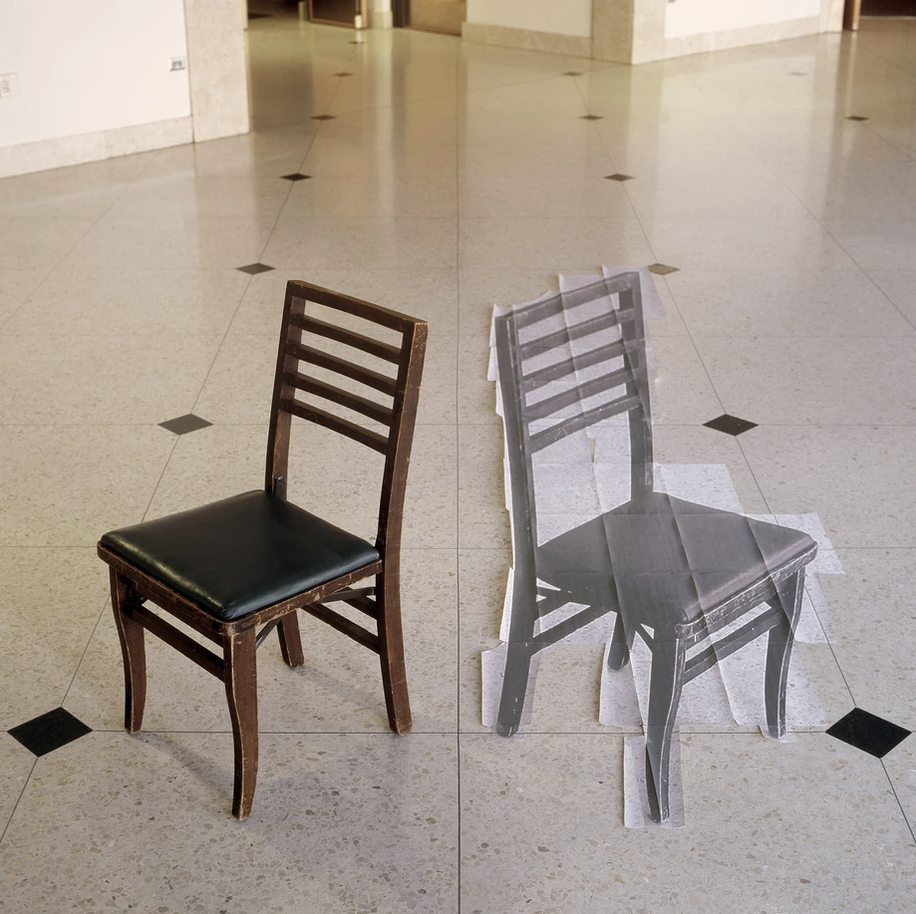
Richard Koenig
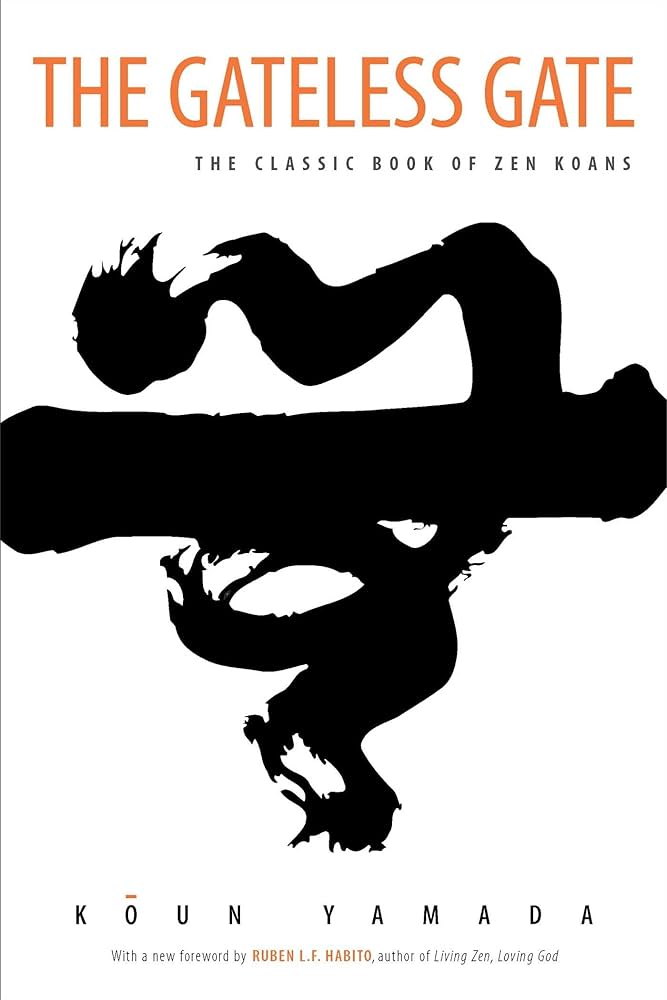
The Gateless Gate